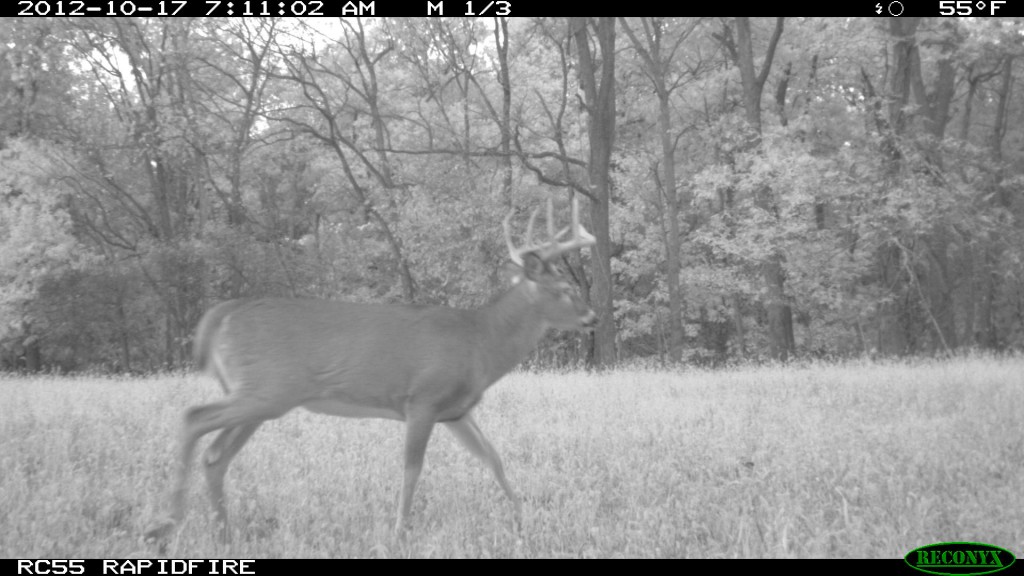Wandering bucks
Wandering bucks
You dang near completely summed up the entire article with 1 sentence. Obviously, I couldn’t agree more. You have to preface everything with the fact that there are exceptions to everything. We try way too hard to force deer into hard and fast rules. I’ve long believed that the only rule without exception is that every rule has an exception.

All I’d add to that sentence is that I do believe some of the more dominant bucks do a bit of wandering, but it’s mainly under 2 distinct set of circumstances. One is what I think of as the domino effect. A hot with a partial home range overlap comes into estrus. her odor trail leads him out of his core area for breeding. After he’s done with her, he stumbles across another hot doe, whose home range is even further out than the first, leading him further away. When he’s done, he comes across another on the cusp of estrus. A chase ensues and he is now even further away. I do believe variations of that described scenario can and does draw dominant bucks out of their home range.
As a side note, I pitched Lindsay on an article a couple weeks back on targeting doe harvests to reduce that threat. There’s more to it, but my general philosophy is to disproportionally target does that routinely move between your and your neighbor’s properties, while pretty much leaving the does that are predominantly home bodies on your property alone. Of course, there are situations that require modifications to that approach, but the idea is to lower the threat of Mr. Big being pulled off your land by that freeloading doe, while keeping him more busy on yours and still doing your part to reduce doe numbers.
I believe it’s because they are experienced enough to know there will be the rare late doe and doe fawns yet to be had, but they couldn’t find one within their home range. So, they’re wandering a bit more, looking to score.
I could be wrong and believe habitat type plays a big role in this. When deer have everything they want/need in a smaller area they don’t have to travel as much as they do in a big woods or highly fragmented habitat situation. Then there are those dominant bucks that simply have a wander lust type “personality.” The subordinate bucks are another topic all together. Still, I do believe there is something to what I wrote above about most dominant bucks having more of a home body mentality.
Wandering bucks
The other situation I see dominant bucks “wandering” most is during what most refer to as post rut. The majority of breeding is done, there currently aren’t any hot does/doe fawns to be found in his home range, but he knows they’re out there somewhere and he wants more.
I’m extremely lucky to have worked on 5, 1000-4000 acre chunk, Upper Midwestern properties for 3-5 year stretches at a time. These owners obviously had money and weren’t shy about setting me up with everything I needed (i.e. ample scouting cams). It amazed me at first how much most of the bucks I noted as being the dominants were home bodies. I’d get their pics exclusively in this 200-600 acre portion of the property, but never outside…until post rut, when I’d often catch them working a scrapes on the edges of doe bedding areas well outside of the areas I’d gotten their pics before.
Wandering bucks
I believe it’s because they are experienced enough to know there will be the rare late doe and doe fawns yet to be had, but they couldn’t find one within their home range. So, they’re wandering a bit more, looking to score.
I could be wrong and believe habitat type plays a big role in this. When deer have everything they want/need in a smaller area they don’t have to travel as much as they do in a big woods or highly fragmented habitat situation. Then there are those dominant bucks that simply have a wander lust type “personality.” The subordinate bucks are another topic all together. Still, I do believe there is something to what I wrote above about most dominant bucks having more of a home body mentality.


